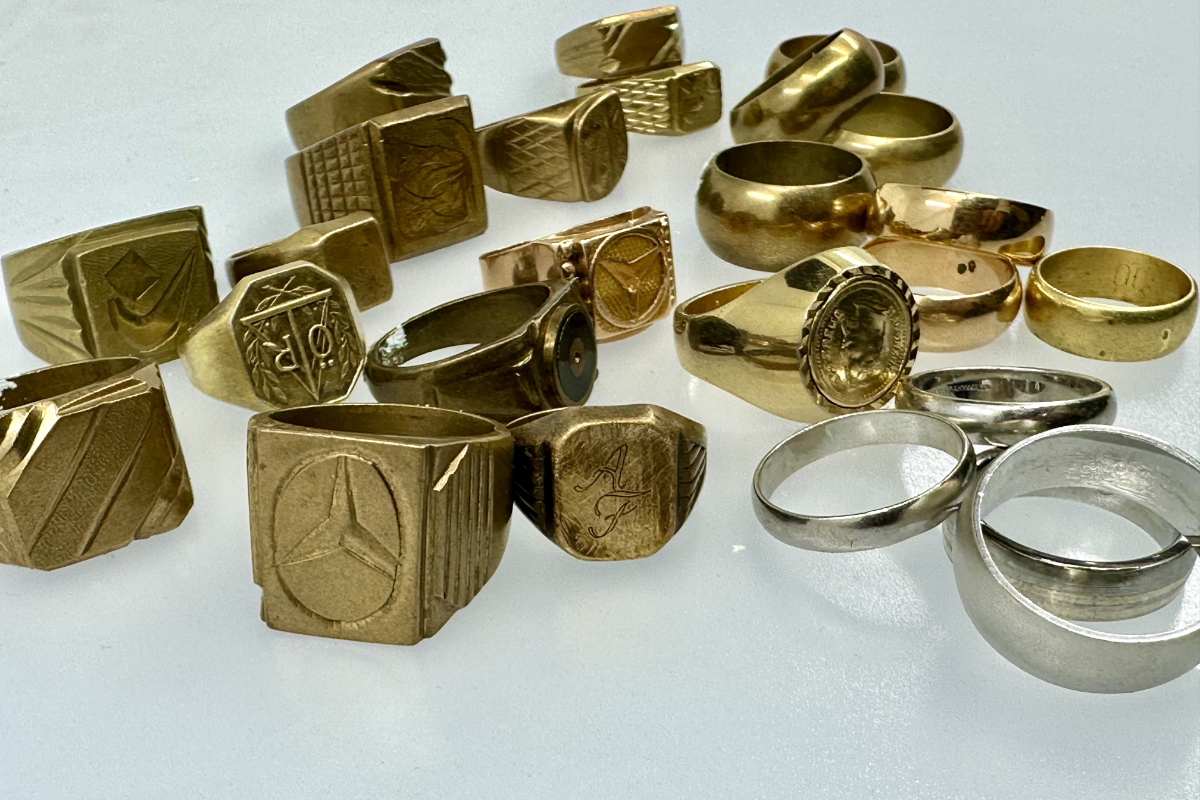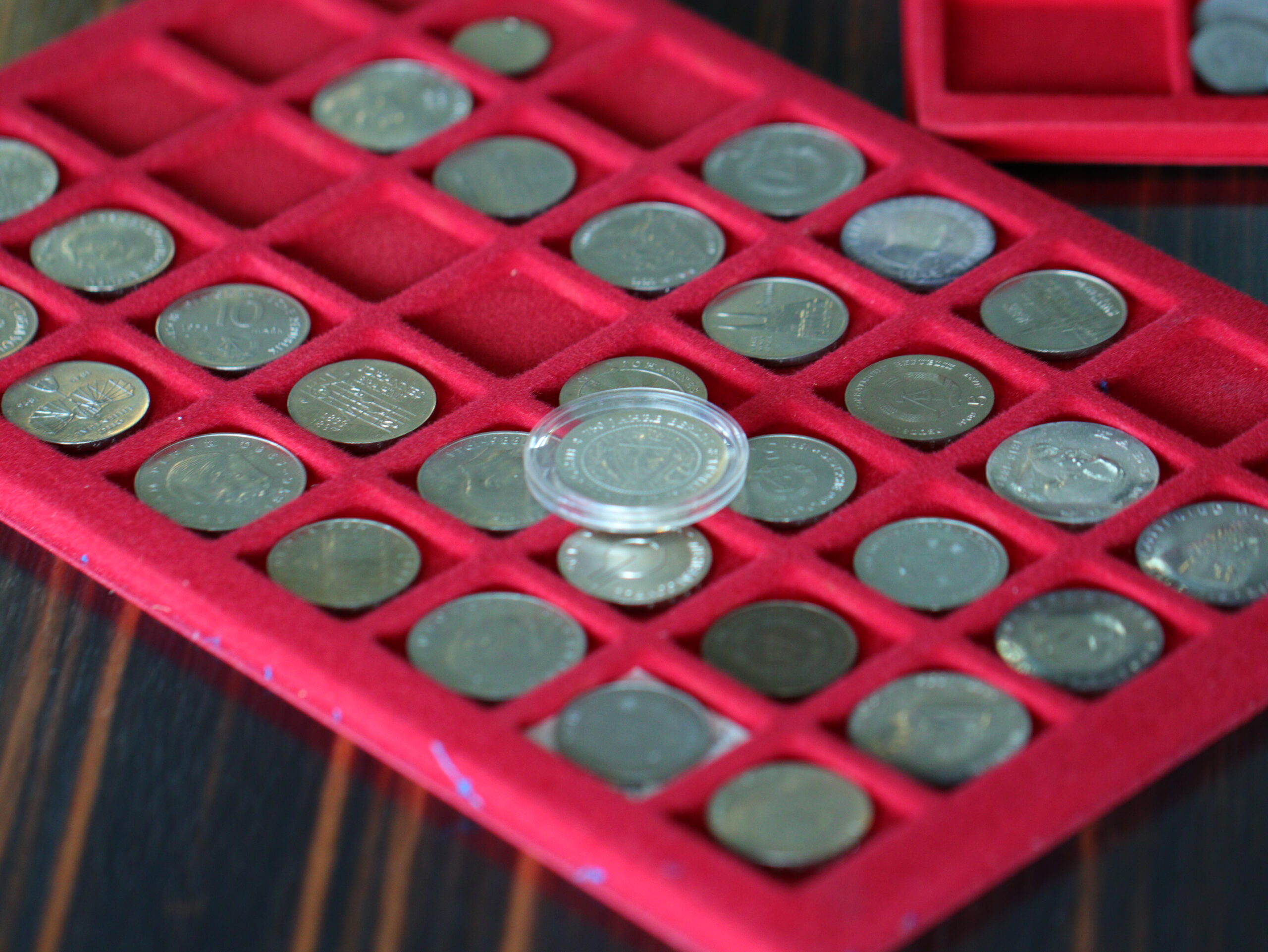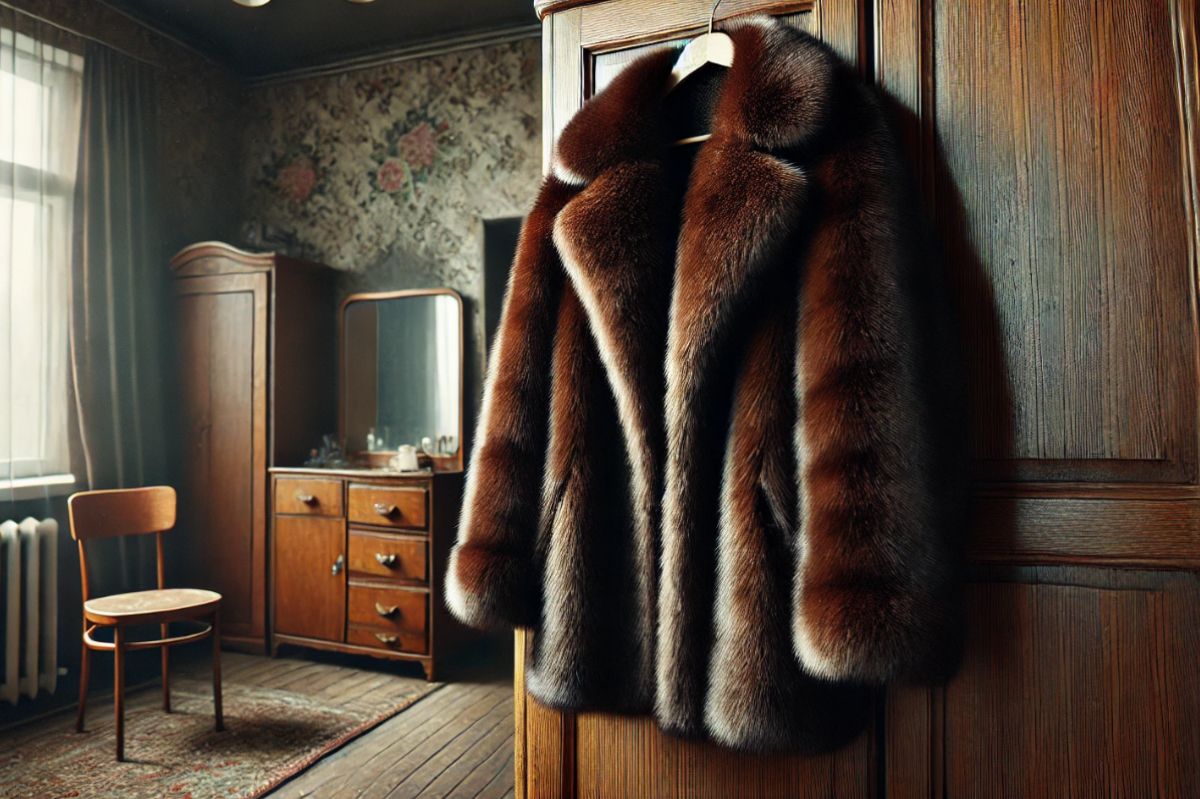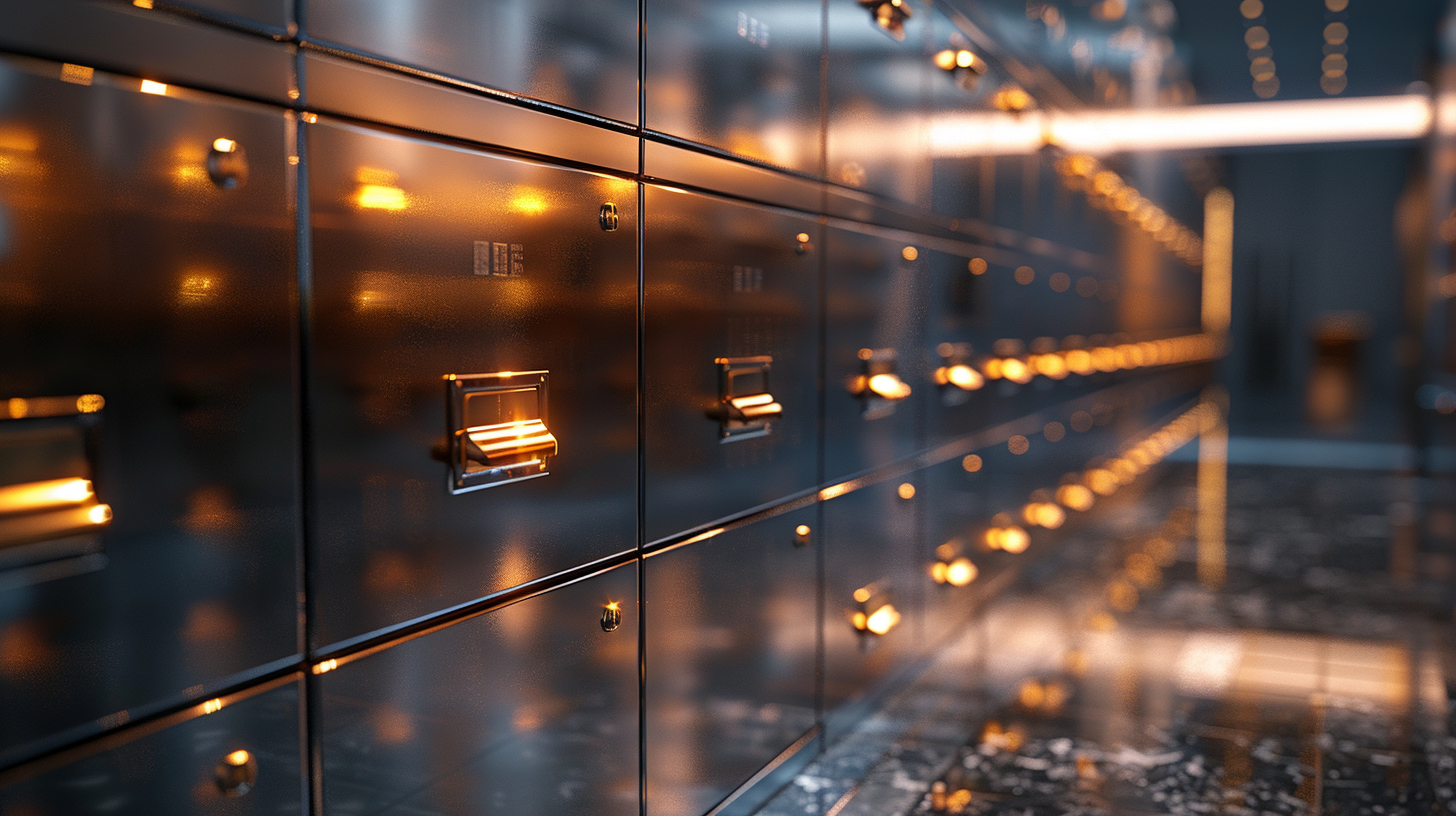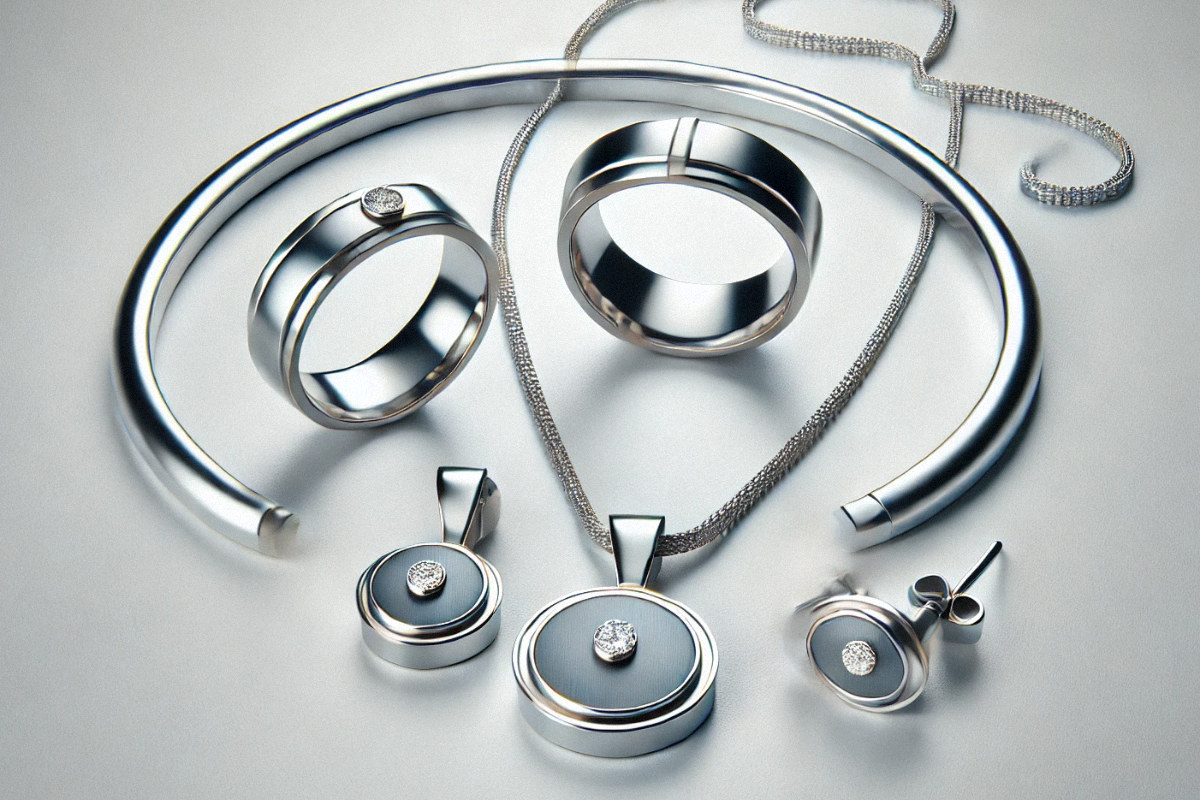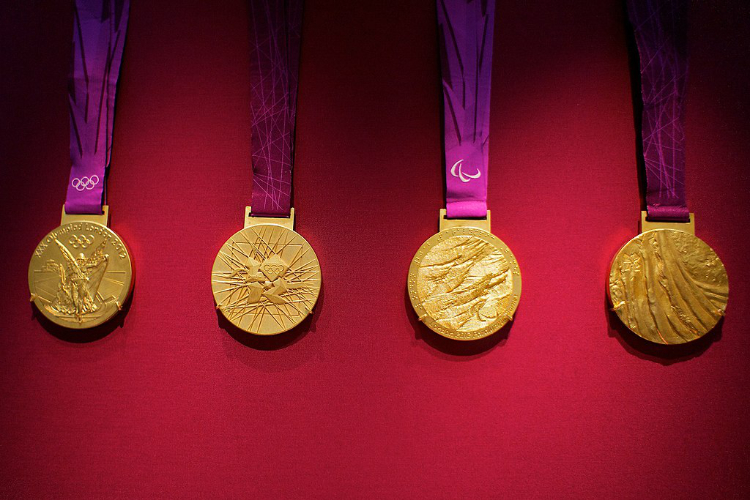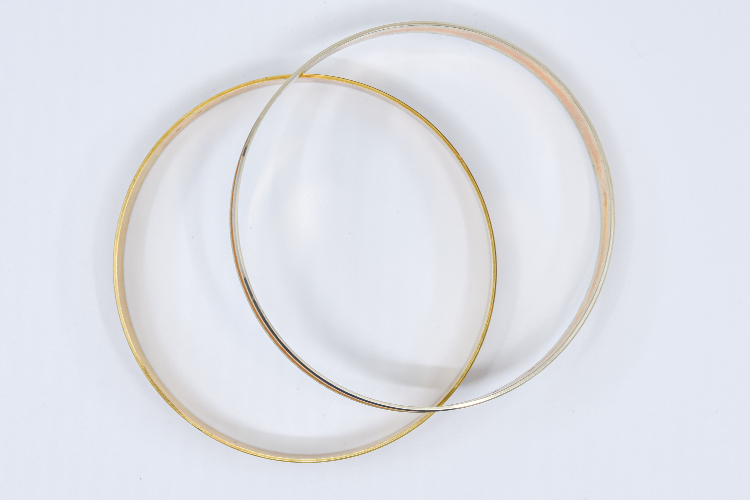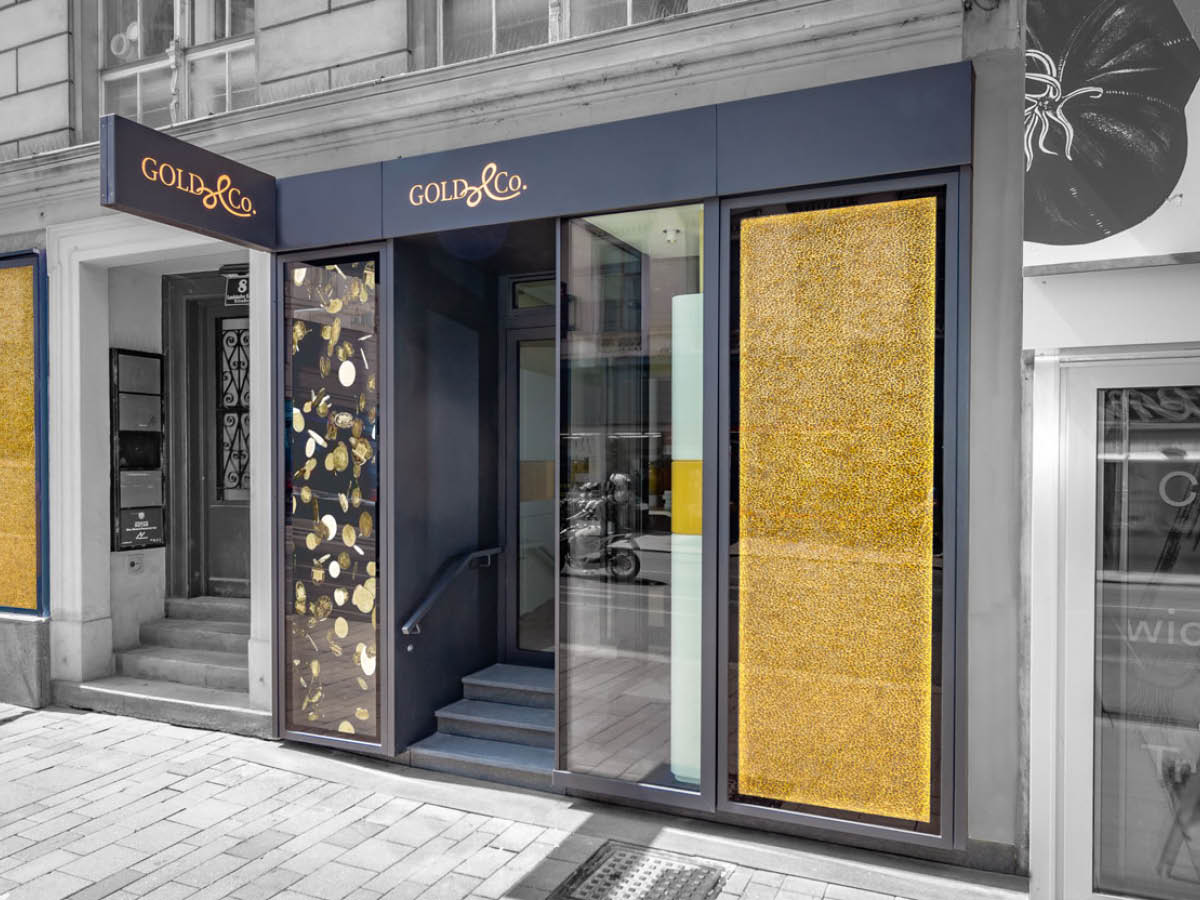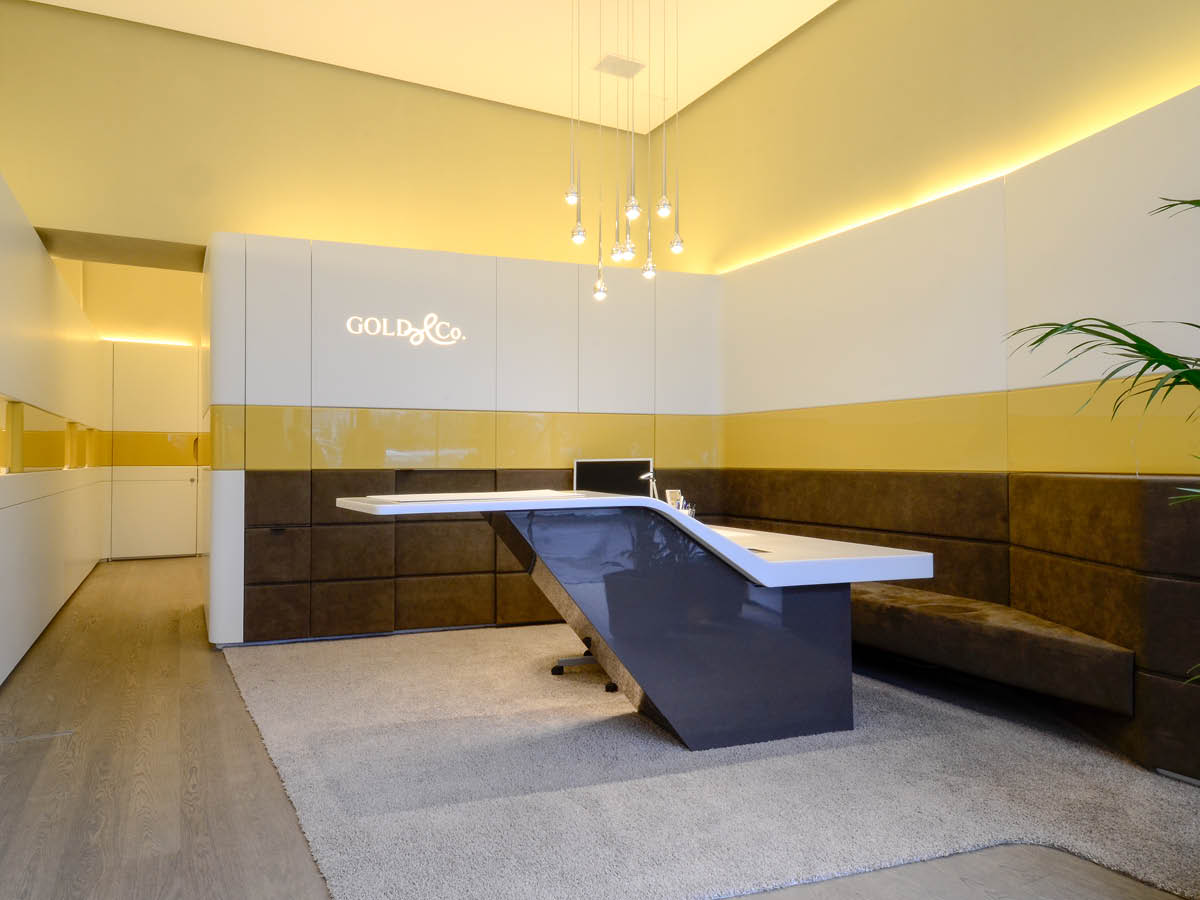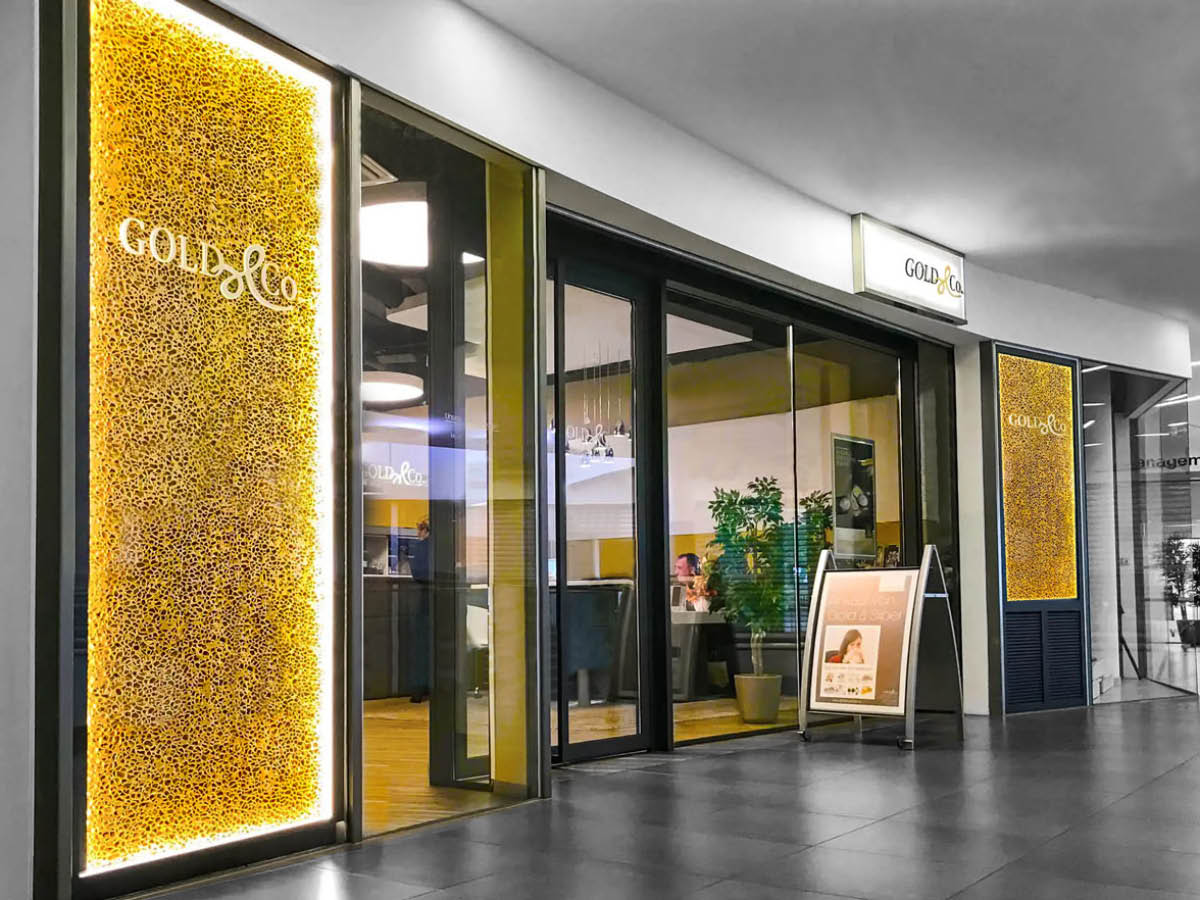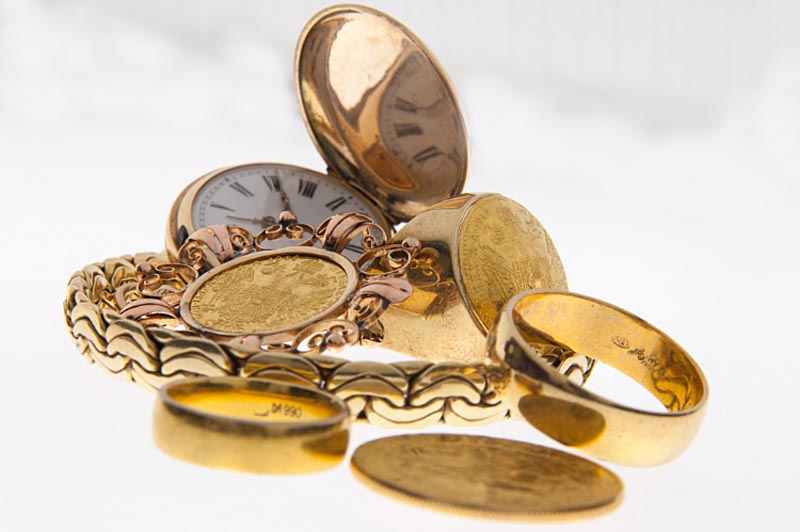
585, 750 or 916 gold?
Gold is a very soft metal. Pure gold is therefore unsuitable as a material for making jewelry or in dentistry. Gold alloys are used instead. An alloy is a mixture of different metals that are melted together.
Alloys influence the properties of gold
Gold alloys are metal mixtures in which gold is usually the main component. By adding other precious or non-ferrous metals, ranging from silver, nickel, zinc, copper, platinum, iridium, tungsten to titanium, physical and optical properties such as color, hardness, density or tensile strength can be influenced.
Colored gold alloys are known, with which the color of the gold is deliberately changed, so that red gold, white gold, green gold and other colored gold is created. Around the turn of the century, experiments were even carried out with blue gold, in which iron was added. Depending on the proportion of gold and the type and quantity of metals added, the various alloys also differ in value. Physical difficulties in processing by the specialist are also reflected in the price.
Truly pure gold, on the other hand, is mainly used today in investment gold products, i.e. bullion coins - such as the Golden Vienna Philharmonic - or gold bars, which consist of 99.9% - or 999.9‰, as it is correctly stated - pure gold.
At the same time, however, this does not mean that every bullion coin is made of pure gold. The well-known Krugerrand, for example, only has a gold content of 91.6% and even older gold coins often consist of alloys with a gold content of less than 90%.
Copper is usually used to alloy coin gold, which gives the coin a slightly warmer hue but also makes it harder for everyday use. In addition to the technical reasons for extracting gold from used gold, this higher abrasion resistance is also a reason why old coins were not made of fine gold.
What gold alloys are available?
If you want to sell old jewelry, coins or other items made of gold , you need to find out which gold alloy a piece is made of. Over the course of time, a large number of different gold alloys have emerged, with relatively common as well as rarer alloys.
The age and origin of the gold also very often play a role here: Central Europe has very different gold traditions to those in the Middle East or Asia, for example, which also has an effect on the alloys used.
999 gold - 24 carat: gold content 999‰ thousand parts
This gold alloy corresponds to 24 carat or fine gold. According to LBMA regulations, gold bars must be at least 995‰, although 999.9‰ is the current standard for all renowned bar manufacturers. Both the smaller bars and gold coins, such as the Maple Leaf or the China Panda, or even the Vienna Philharmonic , are also available as 999 gold. The minimum gold content here is 99.9 percent.
986 gold - 23.6 carat: gold content 986‰ parts per thousand
This alloy with a gold content of 98.6% is known as ducat gold. The first ducats were minted in Venice in the 13th century and from there spread throughout Europe. The famous Austrian gold ducats are still made of this gold alloy today.
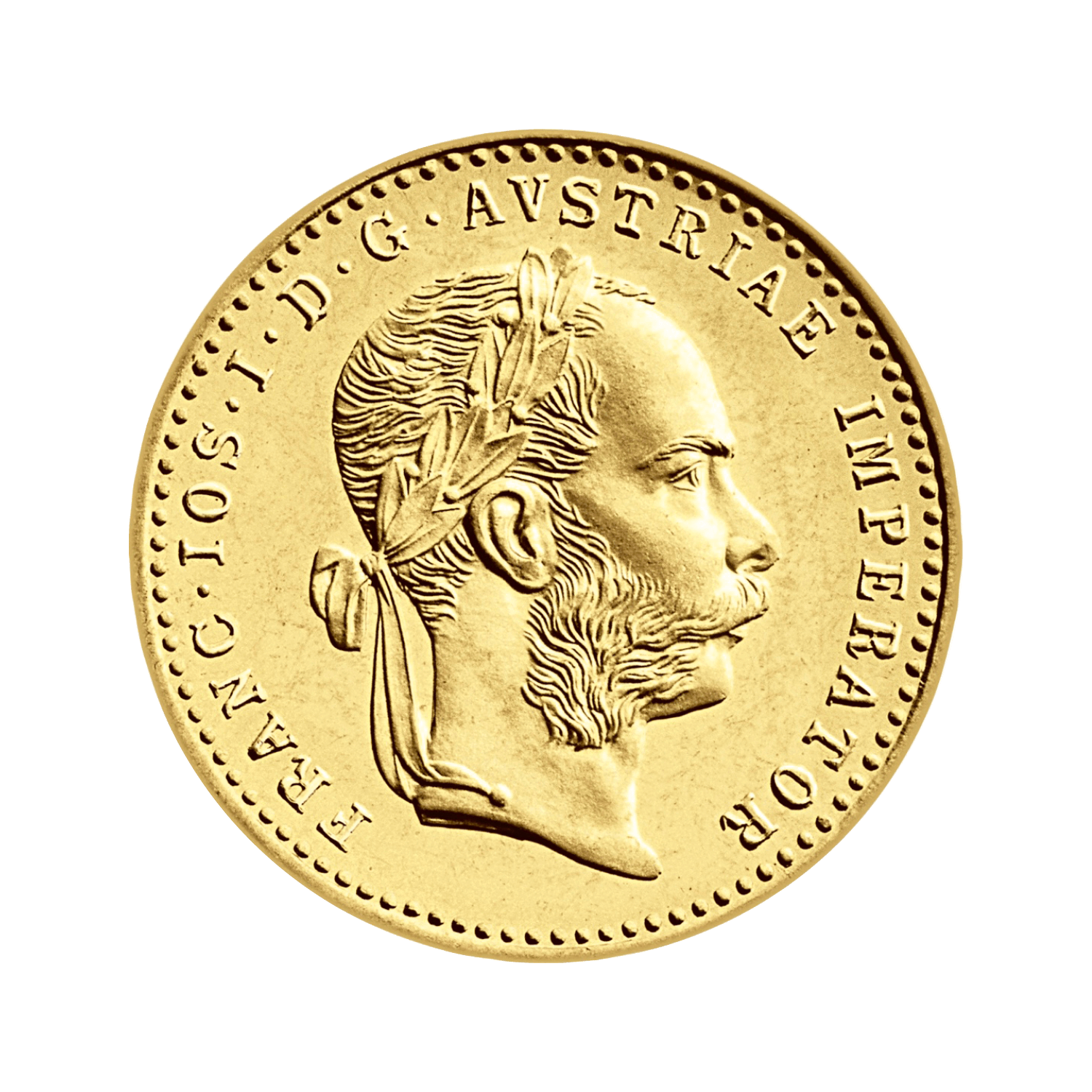
1.4% copper and silver are added to the gold. Today, this coinage gold alloy is hardly used any more. The 23.6 carat gold is still far too soft for the manufacture of jewelry.
965 gold - 23 carat: gold content 965‰ parts per thousand
Alloys with 96.5% gold content are particularly common in South East Asia and are known as Thai gold here. Although the alloy is basically still too soft for jewelry production, gold jewelry in Thailand is made of 23 carat gold. This is also because the jewelry is primarily seen as a financial investment. European gold jewelry with 14 or 18 carat is considered inferior there.
950 platinum 950‰ thousand parts
If you have a piece with a Pt 950 hallmark, it is most likely a platinum alloy. Unlike gold jewelry, platinum jewelry usually has a purity of 95%, as platinum is significantly more resistant than other jewelry metals due to its density and weight.
916 gold - 22 carat: gold content 916‰ parts per thousand
Gold with a content of 91.6%, which corresponds to 22 carats, is used to make jewelry in many countries where gold has a traditionally high value. In India and the Middle East in particular, 916 gold is the most common alloy for gold jewelry, as a certain degree of hardness is already achieved while still retaining the characteristic hue of pure gold.
900 gold - 21.6 carat: gold content 900‰ parts per thousand
Gold with a content of 90% was particularly popular for commercial gold coins, such as crowns, florins or the imperial gold coins from the German Empire, and is considered classic coin gold in Europe and the USA. In the Orient, 900 gold is also used to make high-quality jewelry.
875 gold - 21 carat: gold content 875‰ parts per thousand
Gold with a fineness of 875 is particularly common in some Arab countries. At 21 carats, gold is mainly alloyed with copper.
750 gold - 18 carat: gold content 750‰ parts per thousand
750 or 18 carat gold is the classic alloy for high-quality gold jewelry. By adding copper, silver and platinum, 750 jewelry gold is available in a wide range of colors, for example as white gold, yellow gold or red gold.
585 gold - 14 carat gold: gold content 585‰ parts per thousand
585 gold is the most commonly used gold alloy for jewelry worldwide. The gold content of 58.5 percent corresponds to 14 carats. This gold alloy is also available in many different colors, depending on which other metals are alloyed.
According to the Austrian Hallmarking Act, low-grade gold alloys may not be sold as gold jewelry in Austria.
375 gold - 9 carat: gold content 375‰ parts per thousand
An alloy with only 37.5% gold is no longer regarded by many - and by the Austrian hallmarking law - as a genuine gold alloy, but only as a gold-bearing metal, as the gold content is less than half. Even in Switzerland, pieces made of 375 gold and below may no longer be sold as gold jewelry, but only as "guarantee metal".
333 gold - 8 carat: gold content 333‰ parts per thousand
333 jewelry gold is the lowest of the common grades. The alloy only has a gold content of one third, with the rest consisting mainly of copper. 333 gold jewelry is used for necklaces, rings, bracelets, earrings and other low-grade gold jewelry. The low proportion of fine gold also means that such jewelry tarnishes and discolors quickly. To ensure that these pale gold colors still appeal to buyers, they are regilded with a higher fine gold color.
Common gold alloys for jewelry
What are the most common gold alloys for jewelry? In Austria, jewelry is usually made of 585 gold, i.e. an alloy with 58.5% pure gold. In Germany, the cheaper 333 gold jewelry is also common, which only has a gold content of 33.3%. In Italy and the Balkans, on the other hand, jewelry made of 18-karat gold, i.e. a 750 alloy, is more common.
How is the gold content determined?
The fineness of gold jewelry is usually embossed in the form of a hallmark. The acid test, also known as the line test, is usually used to check the correctness of hallmarks. The piece of gold to be tested is rubbed on a test stone, a slate, so that a clear line remains. Various test acids are then applied to this test line one after the other. Each alloy has its own test acid, which consists of a mixture of hydrochloric acid and nitric acid (aqua regia). If the abrasion on the test stone becomes distorted or discolored, the alloy is below the tested fineness; if the line remains unchanged under the effect of the acid, the gold content corresponds to the respective carat activity.
Dental gold alloys
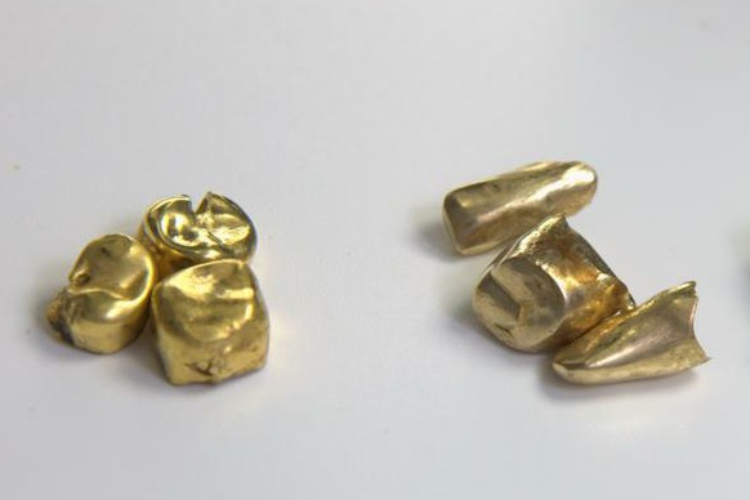
Pure gold is not used in dentistry either, but dental gold alloys that give the material the necessary hardness. The yellow dental gold usually consists of high-quality dental gold alloys of up to 14 carats, alloyed with silver, platinum and palladium.
White dental gold, on the other hand, can only be alloyed with platinum, with silver and palladium, or with steel and titanium. While old dental gold gold-platinum and silver-palladium alloys can be sold as scrap gold, dental steel-titanium alloys are almost worthless.

